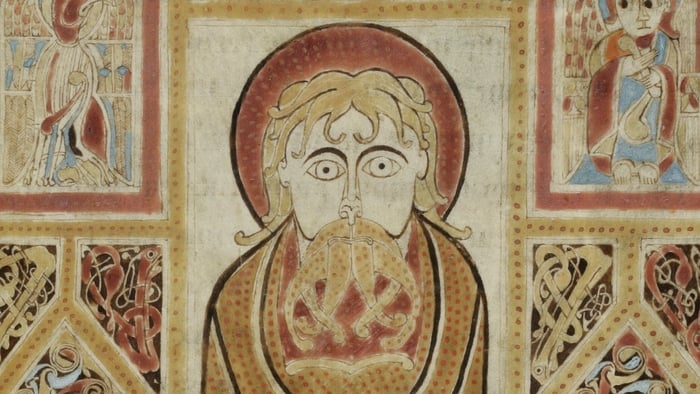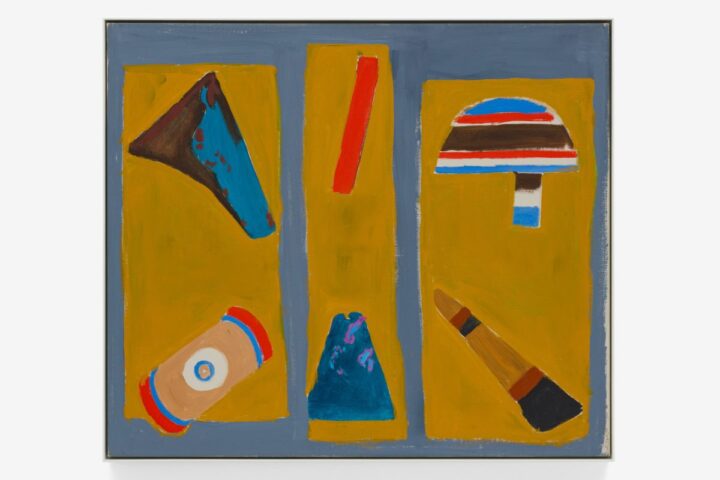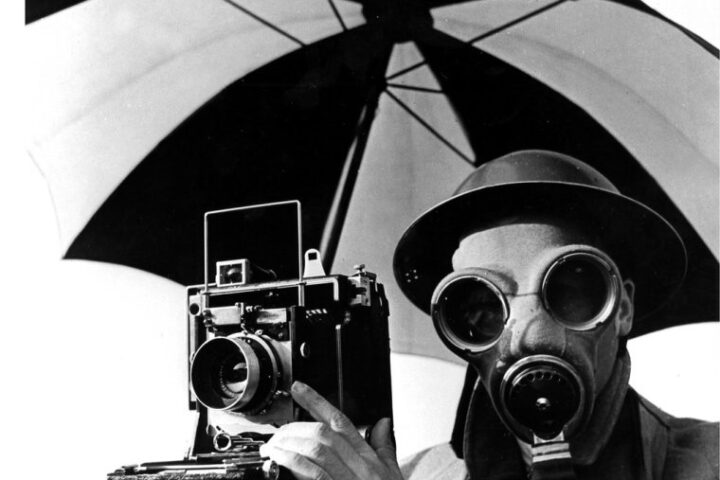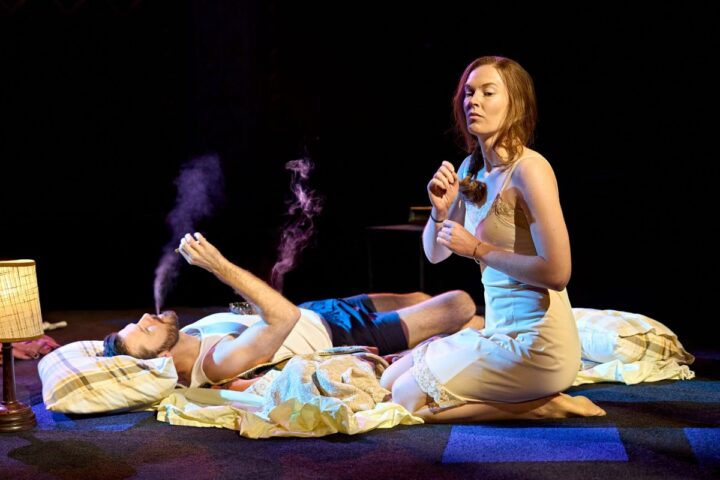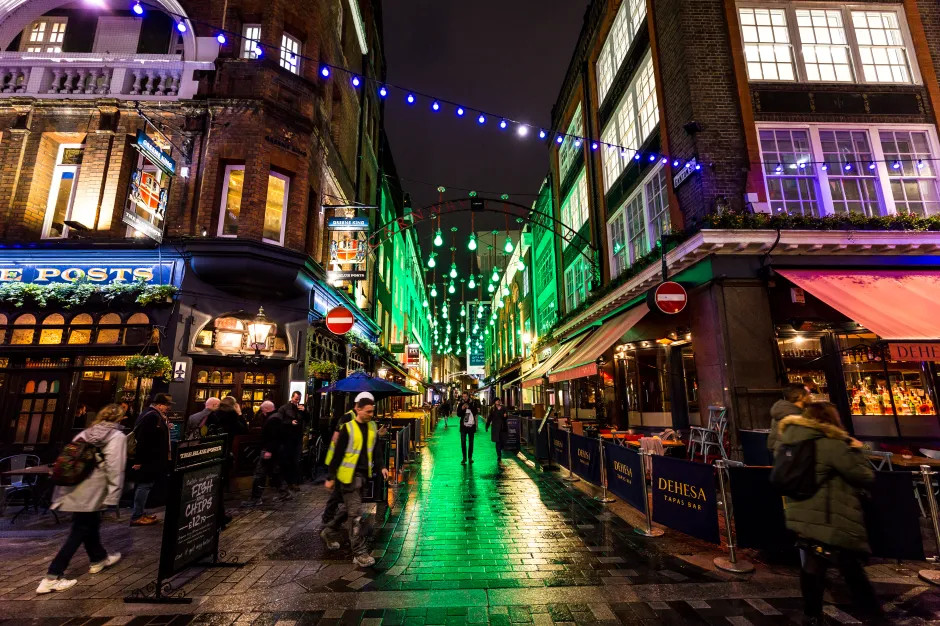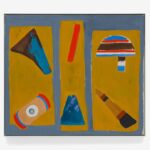Matthew Seaver from the National Museum of Ireland tells us why the new Words on the Wave exhibition at the NMI is an absolutely must-see for everyone this summer.
Whether interested in getting inside a medieval monk’s mind, fascinated by algorithms and Old Irish glosses, or just enjoy browsing beautifully decorated manuscripts and metalwork, the Words on the Wave exhibition at the National Museum of Ireland has something for you. Seventeen amazing manuscripts and a 1300-year-old inscription commemorating St Brigit are on view this summer, for free! What is more, over 100 objects from the National Museum of Ireland’s collection, from shoes to shrines, highlight the importance of this period in Irish and European history.
The exhibition is a once in a lifetime chance to see manuscripts, metalwork and decorated stone under one roof. Many of the manuscripts on display here were written in Ireland and brought by pilgrims or monks to the Continent more than 1000 years ago. They were preserved through generations in the Abbey Library at St. Gallen in Switzerland, a town named after its Irish patron, St Gall. Now the manuscripts are back for a five-month visit.

in the town of St. Gallen, Switzerland (Pics: Stiftsbibliothek St. Gallen)
Among the treasures on display are letters written by the famous Irish monk Columbanus, who founded a monastery in Bobbio, near Piacenza in northern Italy, where he died in AD 615. Columbanus was a very influential character and wrote on a number of occasions to the Pope. In one letter, he refers to the Pope being the ‘head of all Europe’, an important early reference to a unified European continent. These letters, which survived at Bobbio, were copied there by the librarian of the Abbey Library of St Gall in 1611. Because the original Bobbio manuscript is now lost, this copy is of key importance.

probably in the Irish midlands
The Irish Gospels of St Gall is notable among the manuscripts on loan from the Abbey Library in St. Gallen for its exquisite decoration. It was written in the middle of the 8th century, and some scholars have argued that it may have originated at Lorrha in Co. Tipperary, a monastery plundered by the Vikings in the mid-ninth century. The style of decoration on this manuscript is paralleled in the decoration on metalwork of the period, such as a collection of tinned bronze discs from Donore, Co. Meath and the Tully Lough Cross, a unique survival of a large metal-covered wooden cross, from a Co. Roscommon lake. On these artefacts, visitors can witness the amazing fusion of art styles that mark what has come to be known as the Golden Age of Irish Art. Curvilinear decoration such as spirals and whorls is a legacy of Iron Age art, termed Ultimate La Tène (after the Iron Age lake settlement in Switzerland). These curvilinear motifs are placed alongside interlace, ultimately from the Roman world, and animal art from the Germanic regions. Bright red and yellow enamel was also used to decorate artefacts, along with blue and white glass. They have lost none of their mesmerizing beauty after all these centurie

was made in the seventeenth century by the St. Gallen librarian Jodocus Metzler.
Through the artefacts and manuscripts, visitors can follow the journey of Irish wanderers outwards to Europe and explore the influence of Irish monks on medieval Europe and the influence of European and Anglo-Saxon culture on Ireland.

and on display for the first time since conservation (Pic: NMI)
The exhibition also includes the first showing of the newly conserved Lough Kinale Book-Shrine, a decorated container made to hold a Gospelbook before the book was removed and the shrine cast in a Longford lake. Visitors can also marvel at writing equipment, decorative brooches, bells and fierce Viking swords. Indeed, Viking swords such as that from the River Shannon on display in the Words on the Wave exhibition, were on the mind of one monk at a monastery in the north-east of Ireland, where he penned the famous poem: Bitter is the wind tonight, it tosses the ocean’s white hair: I fear not the coursing of a clear sea by the fierce heroes from Lothlend.
